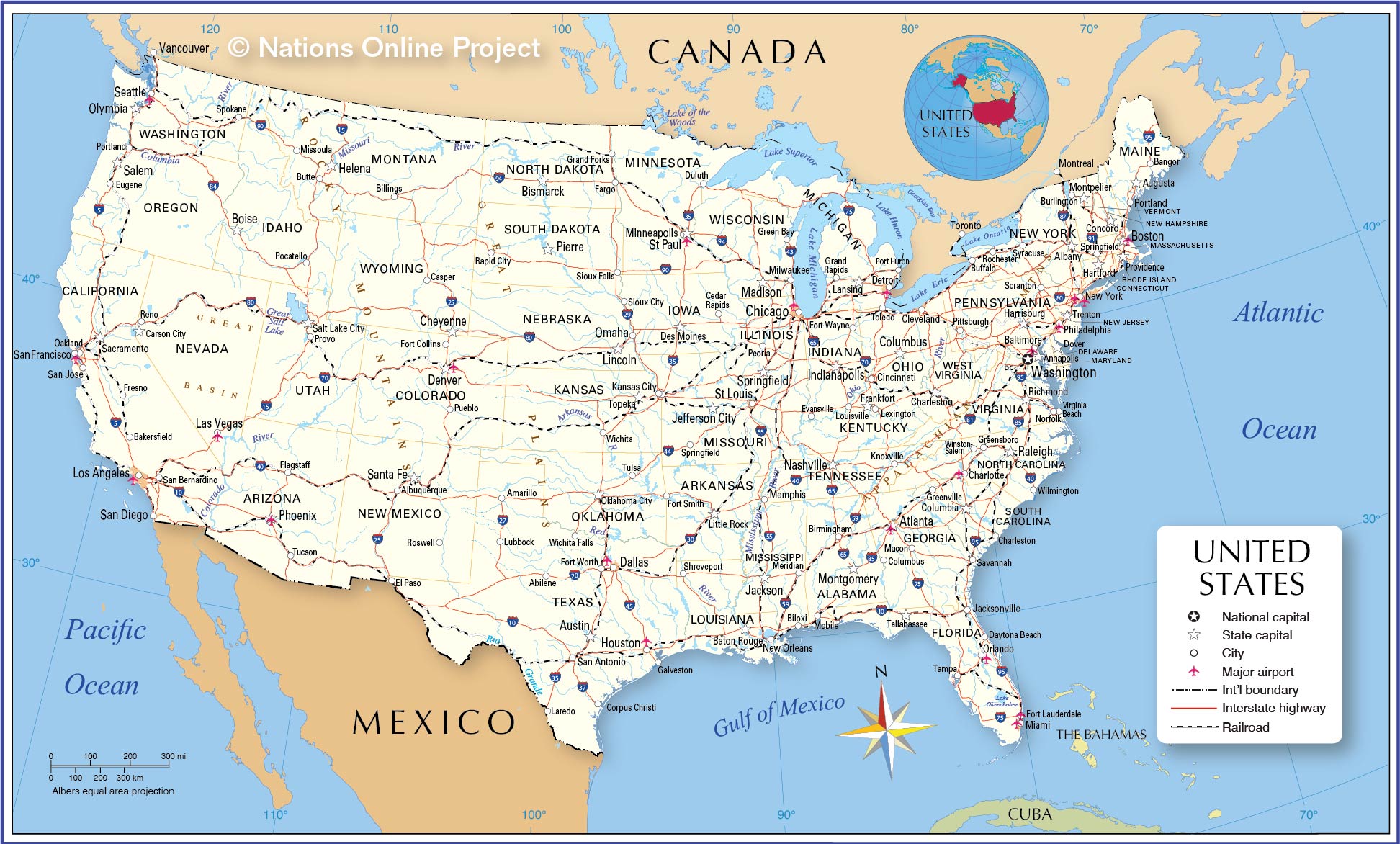United States
List of famous people who were born in each state. This list includes Nobel Prize winners, presidents of the United States, sports Hall of Famers, actors / actresses, and singers. Interesting facts for each state, including the origin of the state name, most notable landmarks and historical events, geographic features, and funny laws. The 27th President of the United States William Howard Taft Woodrow Wilson The 28th President of the United States Woodrow Wilson Warren G. Harding The 29th President of the United States.
United States University is a top accredited school with degree & certificate programs online & on campus.
- [Sources and more info]
Population of the United States (2020)
View live population, charts & trends: Population of the United States
Fertility in the U.S.A.
A Total Fertility Rate (TFR) of 2.1 represents the Replacement-Level Fertility: the average number of children per woman needed for each generation to exactly replace itself without needing international immigration. A value below 2.1 will cause the native population to decline
Life Expectancy in the U.S.A.
See also: Countries in the world ranked by Life Expectancy
United States Population
Infant Mortality Rate and Deaths of Children under 5 Years Old in the U.S.A.

United States Urban Population
United States Postal Service
Currently, 82.5 % of the population of the U.S.A. is urban (271,365,914 people in 2019)Population Density
The 2019 population density in the United States is 36 people per Km2 (93 people per mi2), calculated on a total land area of 9,147,420 Km2 (3,531,837 sq. miles).
Largest Cities in the U.S.A.
| # | CITY NAME | POPULATION |
|---|---|---|
| 1 | New York City | 8,175,133 |
| 2 | Los Angeles | 3,971,883 |
| 3 | Chicago | 2,720,546 |
| 4 | Brooklyn | 2,300,664 |
| 5 | Houston | 2,296,224 |
| 6 | Queens | 2,272,771 |
| 7 | Philadelphia | 1,567,442 |
| 8 | Phoenix | 1,563,025 |
| 9 | Manhattan | 1,487,536 |
| 10 | San Antonio | 1,469,845 |
| 11 | San Diego | 1,394,928 |
| 12 | The Bronx | 1,385,108 |
| 13 | Dallas | 1,300,092 |
| 14 | San Jose | 1,026,908 |
| 15 | Austin | 931,830 |
| 16 | Jacksonville | 868,031 |
| 17 | San Francisco | 864,816 |
| 18 | Columbus | 850,106 |
| 19 | Fort Worth | 833,319 |
| 20 | Indianapolis | 829,718 |
| 21 | Charlotte | 827,097 |
| 22 | Seattle | 684,451 |
| 23 | Denver | 682,545 |
| 24 | El Paso | 681,124 |
| 25 | Detroit | 677,116 |
| 26 | Boston | 667,137 |
| 27 | Memphis | 655,770 |
| 28 | New South Memphis | 641,608 |
| 29 | Portland | 632,309 |
| 30 | Oklahoma City | 631,346 |
United States Post Office
See also
Sources
- World Population Prospects: The 2019 Revision - United Nations Population Division
- World Urbanization Prospects - Population Division - United Nations
Definitions
Population Pyramid
A Population pyramid (also called 'Age-Sex Pyramid') is a graphical representation of the age and sex of a population.
Types:
- Expansive - pyramid with a wide base (larger percentage of people in younger age groups, indicating high birth rates and high fertility rates) and narrow top (high death rate and lower life expectancies). It suggests a growing population. Example: Nigera Population Pyramid
- Constrictive - pyramid with a narrow base (lower percentage of younger people, indicating declining birth rates with each succeeding age group getting smaller than the previous one). Example: United States
- Stationary - with a somewhat equal proportion of the population in each age group. The population is stable, neither increasing nor decreasing.
Stages:
Dependency Ratio

There are three types of age dependency ratio: Youth, Elderly, and Total. All three ratios are commonly multiplied by 100.
Youth Dependency Ratio
Definition: population ages 0-15 divided by the population ages 16-64.
Formula: ([Population ages 0-15] ÷ [Population ages 16-64]) × 100
Elderly dependency ratio
Definition: population ages 65-plus divided by the population ages 16-64.
Formula: ([Population ages 65-plus] ÷ [Population ages 16-64]) × 100
Total dependency ratio
Definition: sum of the youth and old-age ratios.
Formula: (([Population ages 0-15] + [Population ages 65-plus]) ÷ [Population ages 16-64]) × 100

NOTE: Dependency Ratio does not take into account labor force participation rates by age group. Some portion of the population counted as 'working age' may actually be unemployed or not in the labor force whereas some portion of the 'dependent' population may be employed and not necessarily economically dependent.